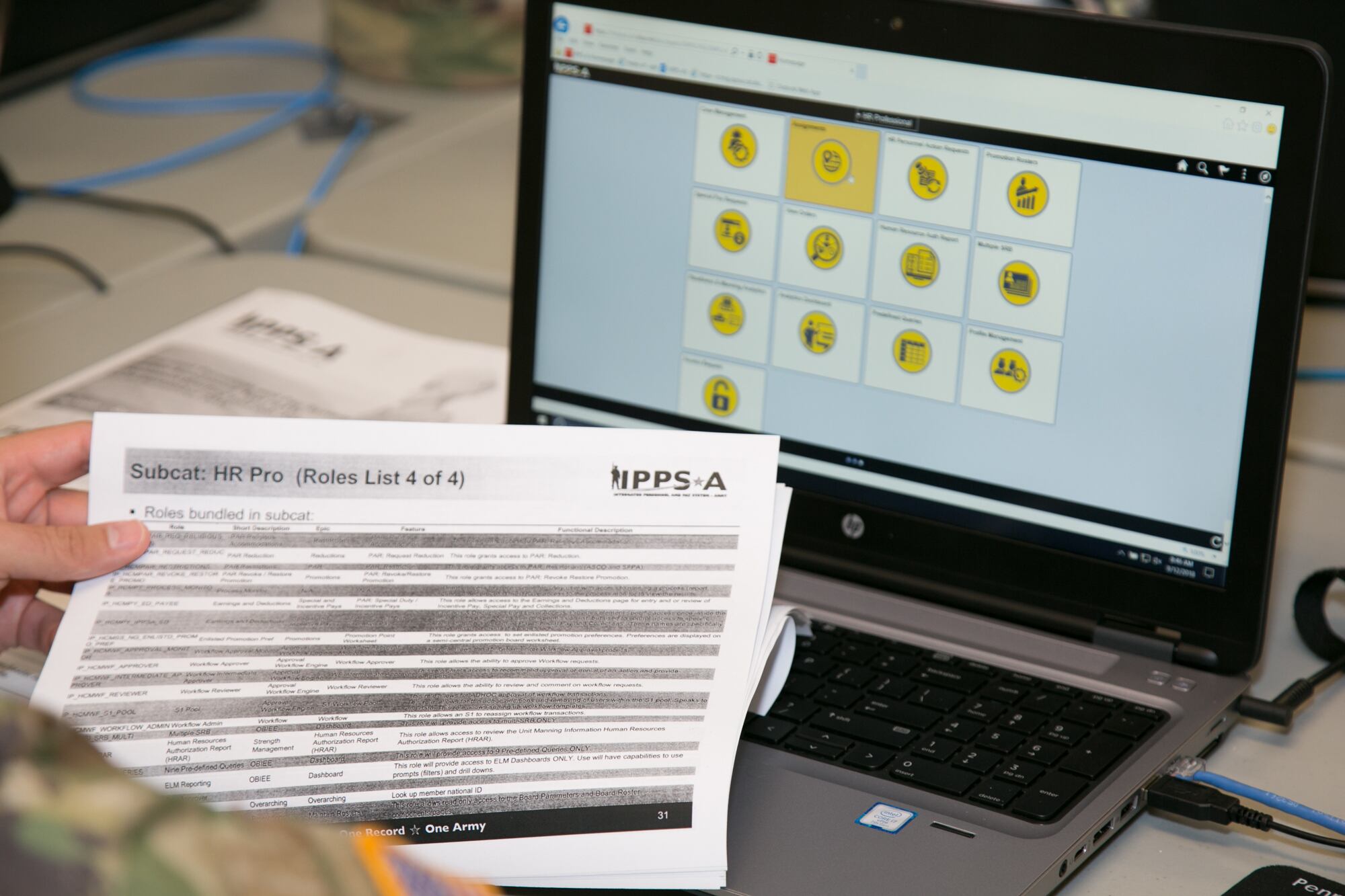A group of nearly 300 Marines has arrived in Afghanistan and will be tasked with training and advising Afghan security forces in volatile Helmand Province, Afghanistan, Marine Corps Times has learned.
The deployment is part of a regularly scheduled rotation with Task Force Southwest, which has been deployed to the region since late spring.
The new rotation, referred to as Task Force Southwest Rotation 2, will take over training and advising Afghan security forces and the Afghan 215th Corps from their sister unit. Transition of authority to the new task force was finalized on Monday, according to Maj. Kendra Motz, a spokesperson for Task Force Southwest.
The new rotation is being led by Brig. Gen. Benjamin T. Watson.
The Corps’ first deployment to Afghanistan since leaving the war-torn province in 2014 has made progress in reorganizing and refitting Afghan forces in their fight against the Taliban.
Yet the advise-and-assist mission kept the U.S. Marines away from direct combat. None of the roughly 300 Marines from the initial Task Force Southwest rotation received a Combat Action Ribbon.
Afghan forces are back on the offensive in the region after having lost considerable ground to the resurgent militant threat during America’s withdrawal from the region.
Afghan forces have retaken lost territory and launched multiple offensive operations into some of the Marines’ former hallowed battlegrounds to include Marjah and Sangin, where many Marines gave their lives during the height of America’s involvement in the nearly 16 yearlong conflict.
“Our partners really...stole the initiative from the enemy. They stole the initiative and they never relinquished it,” said Brig. Gen. Roger B. Turner, the commander of the first rotation of Task Force Southwest. “Doing operation after operation in Nad’Ali, Marjah, Nawa, Sangin, Garmser, and have continued nearly continuous operations since last April.”
Rotation two will have big shoes to fill as they will need to hit the ground running with the spring and summer fighting seasons rapidly approaching.
The new rotation of Marines will likely meet an unfamiliar Afghan security force trained with new skill sets not seen during the Marine Corps’ former years of operations in the region, to include air casualty evacuation, Afghan air controllers and air resupply capabilities.
Afghan forces are also employing their own air power to include MD-530 attack helicopters, A-29 Super Tucanos and tactical drones.
But, they’ll still have their work cut out for them.
Gen. John Nicholson, the commander of U.S. forces in Afghanistan expects to have the new Afghan strategy fully underway this spring with the arrival of the Army’s 1st Security Force Assistance Brigade. That means more American advisers will be embedded at more tactical levels within the Afghan security forces and closer to the front lines.
Nicholson has also made Helmand a key focus of his strategy by targeting and pummeling Taliban narcotic revenue streams throughout the region over the last couple of months. Those strikes have seen the employment of U.S. F-16s, F-18s, B-52s, the M142 High Mobility Artillery Rocket System, and even the high-tech F-22 stealth fighter.
Shawn Snow is the senior reporter for Marine Corps Times and a Marine Corps veteran.





